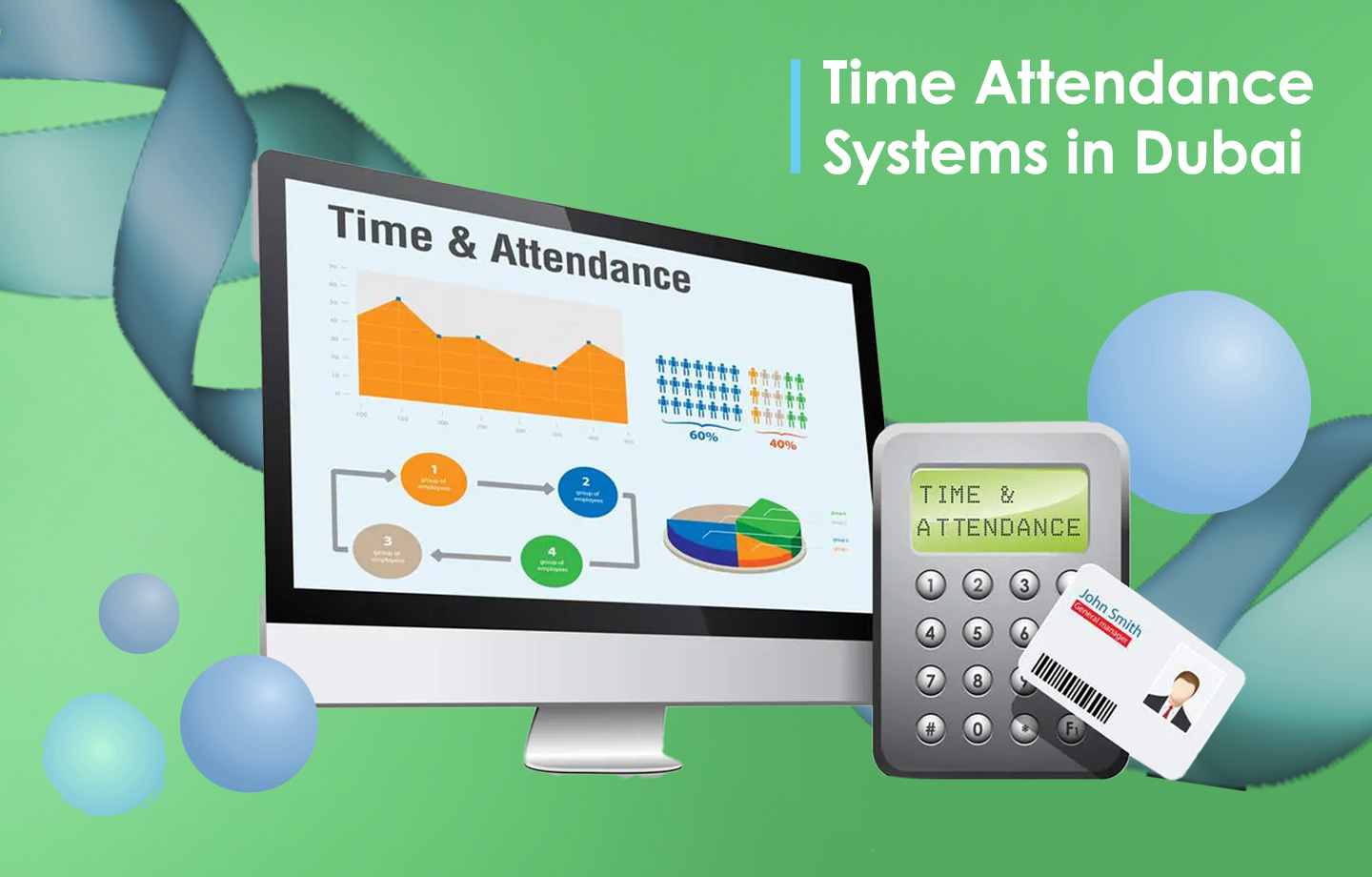
How Google Search Engines Works?
There are various factors that influence the Google search engines to figure out what should be placed and where!
Google Search Engines is a mystery and very few people know the story behind this- the fact about what is hidden! However, the good news is that most search engines are easy to understand. You may not know all the factors; sometimes we don’t need to know.
Let us learn what Google Search is:
What is Google Search Engines?
Google Search is a completely automated search engine, that uses web crawlers that regularly inspect the web to find pages and add them to the index. Did you know? Most pages listed in the results are NOT manually submitted to include but are found and included automatically when these web crawlers explore the web.
With the basic knowledge, you can solve the crawling issues, index your pages, and understand how to optimize your site’s appearance in Google Search.
Stages in Google Search Engines
There are 3 main stages in Google Search Engines, it is important to note that not all the pages make it through these:
- Crawling: These are the downloaded text, images, and videos from pages found on the internet using automated programs
- Indexing: The text, images, and video files are analyzed and the information is stored in the Google index- a large database
- Serving search results: when a user browses through Google, it returns relevant information to the user’s query
Google Crawling
This is the first phase of the Google search wherein we find out what pages are on the web. Not all web pages have a central registry, hence Google must find new and updated pages, and include them in the list of known pages. This process is known as URL discovery. There are certain pages known to Google as it has been visited earlier. Other pages are found when Google follows the link from a known page to a new page. For instance, a Hub page such as a category page connects to a new blog post. Other pages are discovered as you submit a list of pages for Google Crawling.
When Google discovers the URL of a specific page, it visits the page to find what it contains. You would use a large set of computers to visit or crawl to various pages on the web. The program that fetches is called Googlebot (also known as Robot, Bot, or Spider). This program uses an algorithmic technique to determine which sites to visit, how frequently and the number of pages to search from each site. Crawlers are programmed in a way that they don’t crawl a site too fast to prevent overloading. This technique is based on various responses from the site.
Googlebot does not crawl every page that is discovered. Certain pages would be prevented from google crawling by the owner of the site, while a few pages would require logging into that site, and other pages could be duplicates of previously crawled pages. For instance, various sites are accessed through the www and non-www versions of the domain name, although the content is identical under these versions.
During Crawling, Google allocates the page and runs a Javascript using a recent version of Chrome, which is similar to how the browser allocates the pages visited. Allocating is necessary as the websites depend on JavaScript to bring out the content to the page, and without providing Google would not see the content.
Crawling is based on whether the crawlers in Google is able to access the site. Here are some issues with the Googlebot while accessing sites:
- Server issues while handling the site
- Network issues
- Robots.txt directives preventing access to the page
Indexing
After crawling, Google understands what the page is about, and the stage is called indexing and includes processing and analyzing the content in the text and main content tags and attributes, such as elements.



 Global
Global
 UAE
UAE Saudia Arabia
Saudia Arabia












